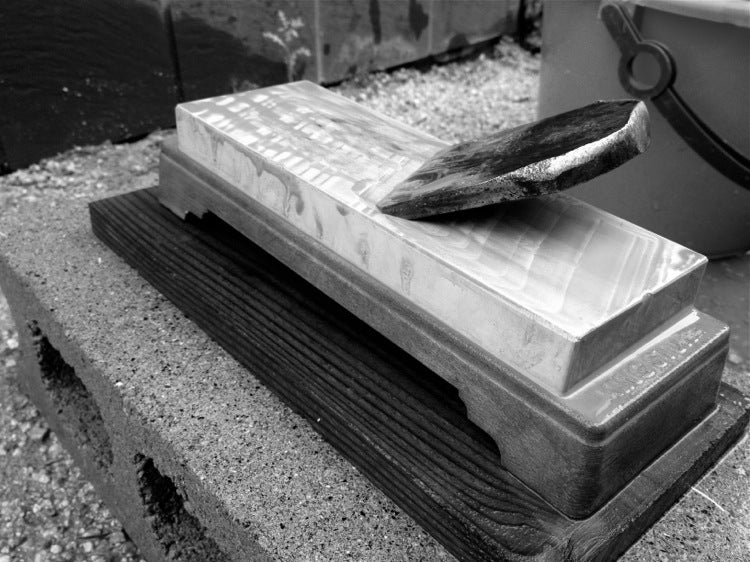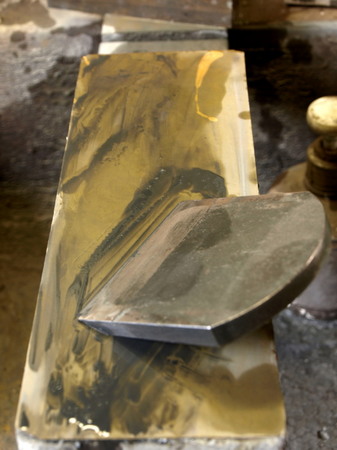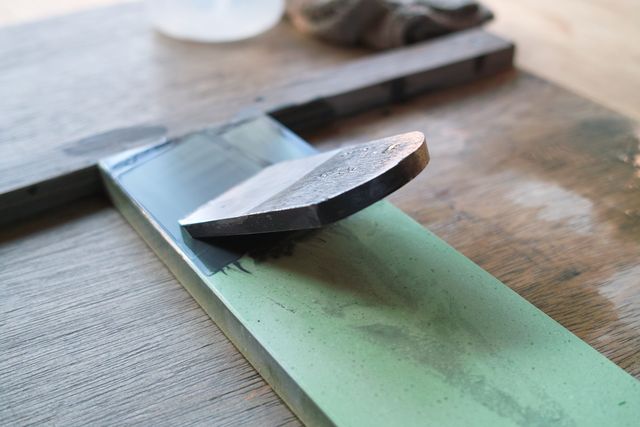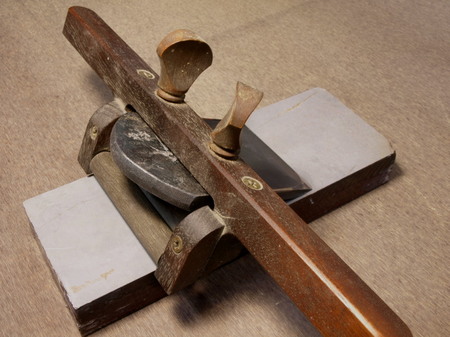Reggie":bngtz037 said:
This last one isn't a dig at anyone, merely an observation, I wonder if hollowed stones came about because old craftsmen just didn't care about that kind of minutae and just got on with the job in hand or whether there was a logical reason behind it? Does anyone think we're now in an age where we could actually over analyse things?
What we haven't had is a discussion of why different stones are used, that would probably go some way to explaining why people prefer them over others? For instance, weren't all the good natural stones disappearing, so other sharpening mediums became popular alternatives? and with those different mediums came different ways of caring for them?
I'm not sure that there's any 'right' answer to how hollowed stones came about, but a couple of thoughts that occur are these - some people are naturally more meticulous than others, and conditions of work vary for different woodworkers. For example, a millright or carpenter engaged in heavy construction work such as centering for masonry arches would need heavy tools used with a big mallet, in fairly rough working conditions, and possibly without easy access to a grindstone. So, a convex bevel and hollow stones fit the circumstances. A fine cabinetmaker or patternmaker in a well-equipped workshop may have different attitudes to tools and stones. Human nature varies too - some joiners may have been quite happy with one sort bevel, some with others. Hence the variation in the condition of old tools and stones.
On stone types, until the late 19th century, only natural stones were available. In the UK, that tended to be Turkey (imported), Charnley Forest (indigenous), Welsh Slate and a few others (Tam O'Shanter, Water of Ayr, for example). They tended to be slow cutting, and being natural, their properties could vary a bit from stone to stone. When man-made stones (Norton India and Washita) started to become available, many craftsmen switched because the new stones were in general faster cutting and generally more consistent in their qualities (Walter Rose documents this in 'The Village Carpenter'). Now, of course, we have even more options available, some of which do better in some circumstances than others - some of the modern alloy tool steels cut better on some types of stone than on others, for example.
There's a lot more highways and byways to sharpening stone history than that, of course; a googling session would no doubt throw up all sorts of info.








































